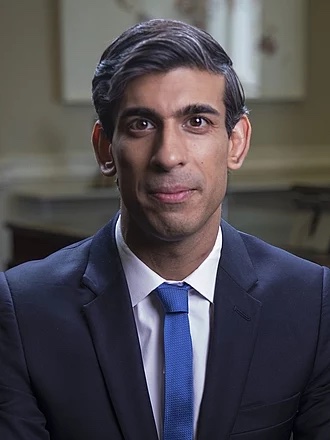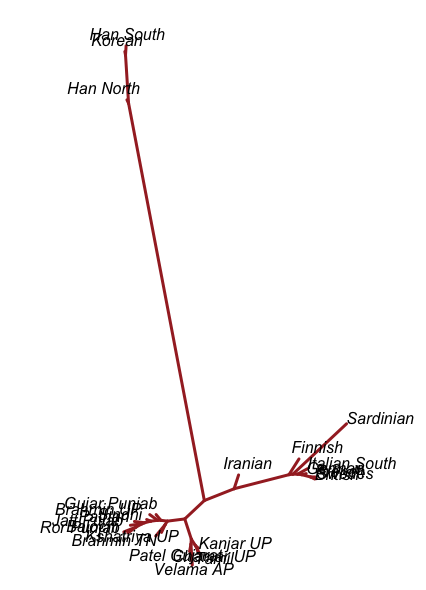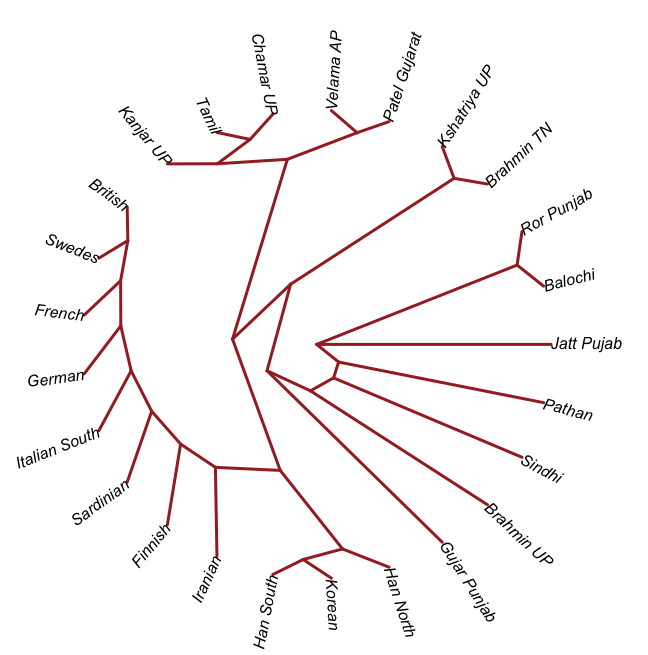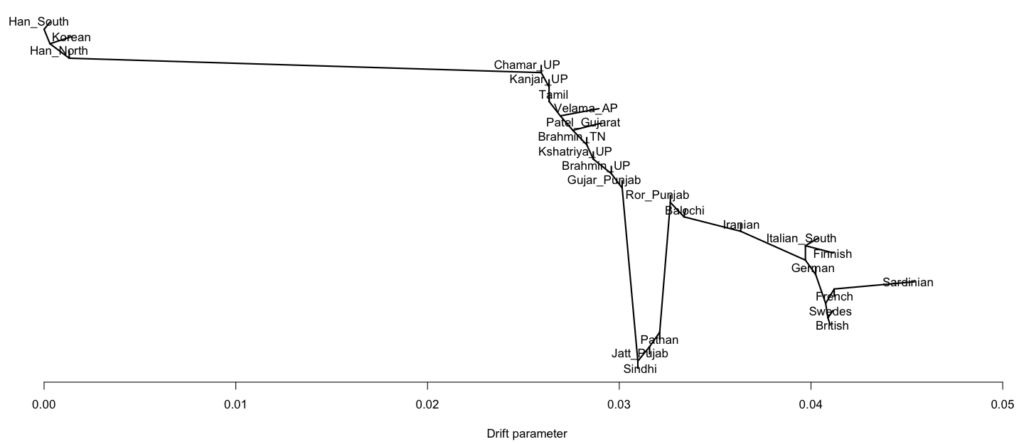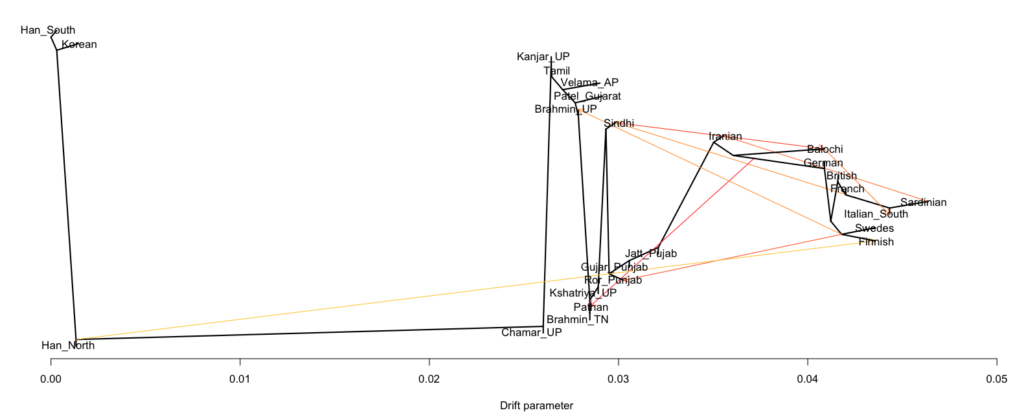Udaya Shreyas of The Sanskrit Channel talks about his journey into the beautiful world of the Sanskrit language, his transition from being an atheist into spirituality.
We also talk about
1 Difference between Vedic Sanskrit, Panninian Sanskrit and conversational Sanskrit
2 Learning language through speech or grammar? Initiatives taken by Samskruta Bharati
3 How Sanskrit can be revived on a mass scale via both govt and private initiatives
4 Qualities of Sanskrit as a scientifically suitable language for computer programming
5 The poetic qualities of Sanskrit, the different poetic meters, same words having different meanings
6 Future outlook of Sanskrit
7 Future goals for The Sanskrit Channel
The Indic Explorer channel is a platform to explore different facets of Indic Culture and its relationship with modernity. On our show ‘The Indic Underground’ we speak to newer & younger people from different spheres of cultural life that represent less known aspects of Indic culture. If you are tired of the same folks & are looking for fresh voices, then this is the place for it.
Our endeavor is to reach out to culturally conscious younger people who are deeply tied to the values of Indian culture while still embracing modernity. We will soon be bringing interesting discussions on different topics ranging from culture, civilizational issues, history, geopolitics, philosophy, music, literature dance, art and architecture.
Do subscribe to the channel at https://www.youtube.com/theindicexplorer
and follow me here
Twitter- https://twitter.com/theindicexplor1
Instagram- https://www.instagram.com/theindicexplorer/
Substack-https://digitaldharma.substack.com/
